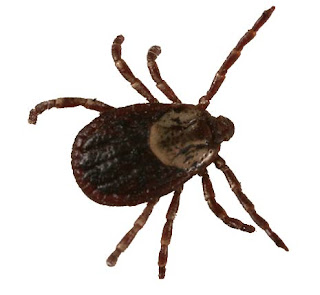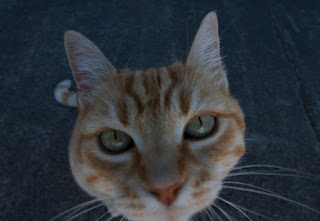Pet Ear Cleaning
Ear Anatomy

What You Need?
- Ear cleaner
- Cotton balls
- Treats (keep it fun)
There are various types of ear cleaners, but the most important thing is that you only use a good quality pet ear cleaner. Never put olive oil, hydrogen peroxide, vinegar, shampoo or any other substance in a pet's ear. Also avoid poking around with cotton buds in the ear, you will only work any wax and debris further in and potentially damage the ear drum.
Many dogs will come to like ear cleaning, so long as their ears are comfortable. This is the one place that dogs can’t scratch themselves, so most will absolutely love it. With lots of treats and encouragement, ear cleaning can become a part of your pet's regular hygiene routine.
Warning signs of ear disease to watch for:
- Odor from ears
- Shaking head
- Ear debris
- Pawing at ear(s)
- Red inflamed ear canal or pinnae (ear flap)
The process is the same for cats and for dogs. Firstly, if your pet has very red painful ears it may mean that they have an ear infection and you should see your veterinarian first. Ear cleaning can be a messy job, so find somewhere in the house that is easy to clean.
- Give your pet a treat before starting to clean their ears. Remember keep it fun!
- Gently hold the flap of the ear upright and fill the ear canal with ear cleaner. Direct the bottle tip vertically downwards.
- Keep hold of the ear pinnae and move your hand down to where the ear meets the head. Massage at the base of the ear, aiming to mix the ear cleaner around within the ear canal. You should get a “squishy” noise if you are doing this correctly.
- After you have massaged the ear for 10 seconds, remove the debris from the top of the canal by using some cotton on your fingertip and to clean the folds ear canal opening until the cotton comes back clean. Your pet may shake their head - this is ok.
- Give your pet a treat and repeat with the other ear.
Remember Keep It Fun!!
 |
| 176 River Road Andover, MA 01810 www.riverroadveterinaryhospital.com |









